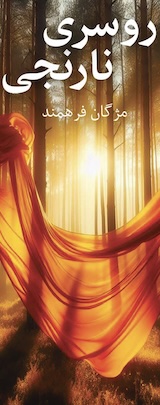The New Yorker:
Forough Alaei’s stunning photographs of a community of fisherwomen on a remote island in the Persian Gulf.
By Robin Wright
Hengam Island is a tropical isle off the coast of Iran, at the southern end of the Persian Gulf. Just fourteen square miles, it has three villages with only a few hundred families. The island has long been recognized for its geostrategic importance. Nearchus, the Greek explorer and admiral of Alexander the Great’s naval fleet, referenced it when he navigated the Gulf in the fourth century B.C. Hengam was occupied by the Portuguese military in the sixteenth and seventeenth centuries. In 1913, Britain established a naval base there. Since the late nineteen-forties, tanker ships have skirted Hengam en route to the Strait of Hormuz, a global choke point about thirty-seven miles away. A fifth of the world’s supply of oil and natural gas passes through it each day.
Today, Hengam may be most noted for its so-called daughters of the sea, the only fisherwomen in Iran—and probably in the eight other countries around the Gulf. Forough Alaei, a law student turned photojournalist, spent years documenting the women as they set off at dawn, without men and often alone, to ply the Gulf waters. In small, weathered boats, they fish for barracuda and spangled emperor, which have vibrant blue markings that change color when they are frightened or caught. Both fish are famed for their sharp teeth and ferocious bites.
The women’s clothing is as vibrant as their catch. They wear full-length burqas, a style more common in Afghanistan and the Arab sheikhdoms than in Iran. Burqas are often a dark, solid color. Theirs, though, are sewn from summery blue, orange, and pink floral prints. The history of their attire goes beyond Islamic modesty, Alaei told me. According to one narrative, women masked their faces when the Portuguese, and later the British, occupied the island, to try to prevent harassment—or worse.
Some burqas, as stated by local lore, included ersatz mustaches, to further discourage threats from foreign men. Burqas also provide women protection from long days under a punishing sun.
Go to link










Comments